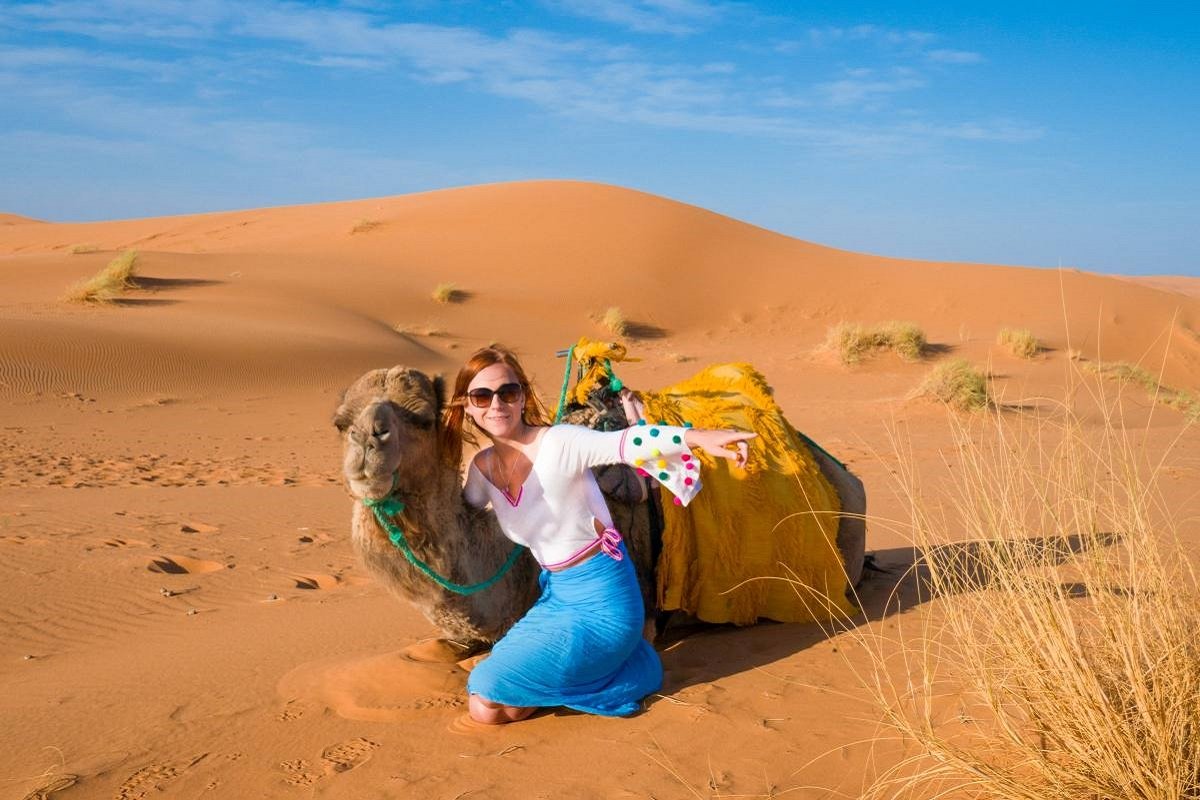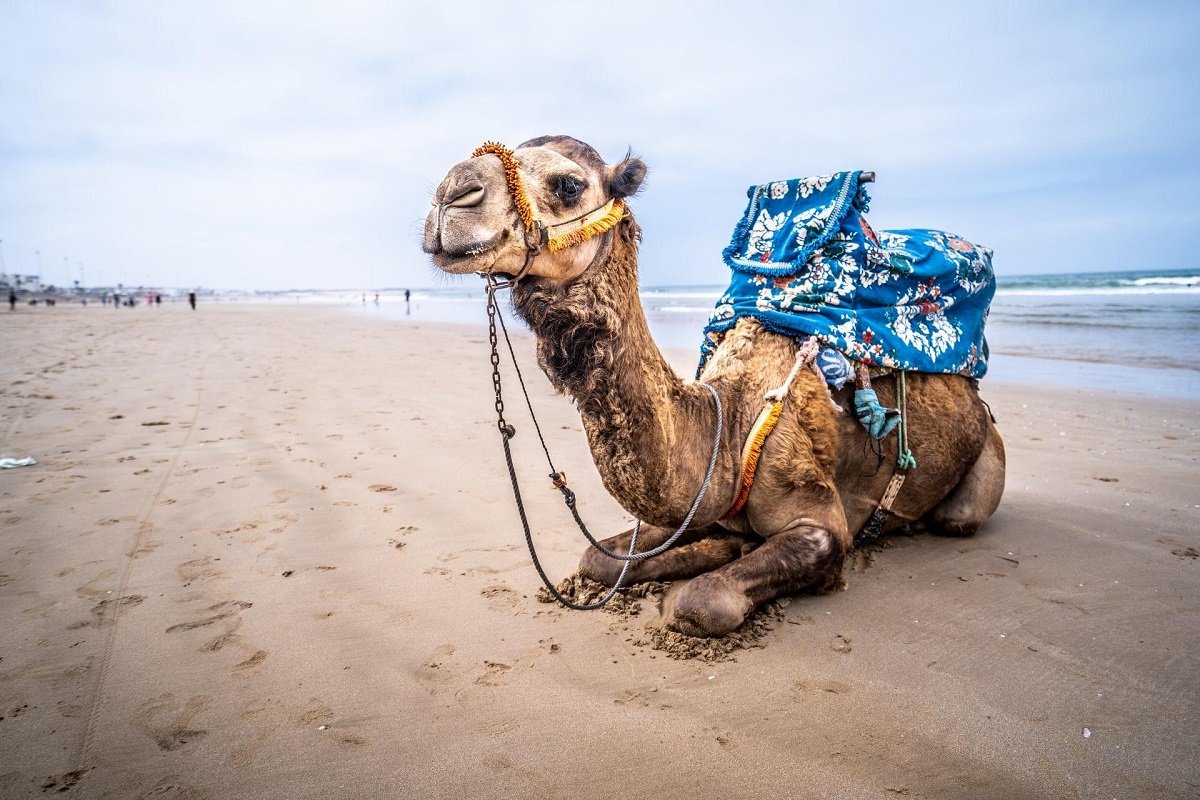South Africa continues to enjoy the immense goodwill of holidaymakers worldwide. While travel to most long-distance destinations declined in 2003, this country experienced an enviable 6.5% growth, according to the World Tourism Organization. Growth began quickly with the transformation heralded by the end of apartheid and the start of democratic rule in 1994. The apartheid policies of segregation, protected by law, greatly disturbed enlightened thought in many parts of the world. And the enemies of these policies launched a very effective campaign against visiting South Africa. Thus, South Africa, a truly superior destination by any standard, remained hidden to many until the dark cloud of apartheid erupted.
A wildlife safari is a key item on the South African tourist menu. Those who choose to see Africa’s wildlife here will not be disappointed. The game viewing experience is excellent at the top-rated Kruger National Park and other reputable game parks in the country. Wildlife is protected in more than 300 public and private game and nature reserves. SANParks (South African National Parks) manages 20 national parks spread across the country.
Kruger is where you can see big game animals, especially the “big five” – buffalo, elephant, lion, leopard, and rhino. Most other parks specialize in conserving certain species or have been identified with certain animals. For example, Greater Addo National Park is the only place in the Cape region where you can find elephants. Some of the parks on 3000 km of coastline are home to whales and dolphins.
South Africa’s wildlife conservation policies are advanced and highly successful. An initiative targeting wildlife sanctuaries across international borders hopes to replicate this success elsewhere. It is an acknowledgment of the fact that wildlife does not respect territorial boundaries contracted between males. Cross-border protected areas have been identified in six regions along the borders of Lesotho, Swaziland, Zimbabwe, Namibia, Botswana, and Mozambique.
Special game reserves and national parks are the best places to see wildlife in South Africa. Private game reserves are not as extensive as publicly owned national parks. Key selling points are superior accommodation and personalized tours with rangers. National parks, on the other hand, are popular with self-driving tourists. They offer accommodation in a limited number of indoor rest camps, thatched rondavels, bungalows, and chalets. Tour companies also offer South African safari packages, including transportation and guiding in national parks.
South Africa is home to numerous species of land animals, including the famous “big five” – rhino, buffalo, lion, leopard, and elephant. Most members of the five major leagues are undoubtedly charismatic. But that’s not why they’re named that way – otherwise I would have demanded the buffalo be thrown away. This is because these are the animals that early safari hunters found the most challenging. The idea of watching games without killing was not widely accepted at the time. The arrogant practice of killing animals as a sport is not very popular today among those who value the right to life and the dignity of animals as full members of our planet.
Hunting causes unpleasant aesthetics as well as a bad relationship between humans and animals. I will illustrate this with an incident that a guide told me during a recent visit to a country that allows hunting. The guide recalled an incident when he was surprised to see an elephant attacking his vehicle. This went against his experience with elephants in that area. This unusual behavior arose because hunters injured the elephant. The elephant then dealt with vehicles and people as enemies. It’s a pity that South Africa’s otherwise star protection policies allow hunting to be practiced in certain areas.
Play is usually done from the comfort of a vehicle, but hiking, horseback, camel, and canoe safaris are becoming popular. If you want to watch the game in any of these modes, you must be accompanied by an armed ranger. Full-blooded adventure types think watching a game in a vehicle is for wimps. Walking safaris are designed for such brave souls. And that’s why the thoughtful folks at SANParks maintain a network of wilderness trails in the parks. The typical walking safari will be for a maximum of eight people aged 12 to 60 lasting 2 nights and 3 days. Participants must be clearly physically fit.
Undoubtedly, the best place to see wildlife, especially the “big five,” is Kruger National Park. This is the flagship of South Africa’s national parks. Kruger was founded in 1898 and owes its existence to the vision of Paul Kruger, once president of the Transvaal Republic and later part of the Union of South Africa. He was ahead of his time, recognizing the need to create a sanctuary to protect and preserve wildlife. Even then, it was clear that the hunter would destroy all the animals in a short time with his rifle.
Kruger offers a diversity of animals unrivaled anywhere else in South Africa. In addition to the five big games, here are some of the interesting games you’ll find: hippopotamus, coyote, giraffe, zebra, buffalo, wild boar, numerous antelope species, cheetah, wild dog, and spotted hyena. The park is home to more than 140 mammals and 500 bird species. Kruger spans approximately 20,000 square kilometers of pristine shrubland dotted with acacia and mopane trees. The botanical biodiversity is vast, with more than 336 tree species found here.
Accommodation in Kruger is provided in self-catering camps that offer good but basic accommodation. There are also some small lodges and woodland camps that offer more luxurious accommodation. Accommodation ranges from rondavel lodges and safari tents to family bungalows, cottages, and luxury guesthouses. There are also caravan and tent camping areas in some rest camps. Electricity and telephone are provided in most of the camps. Other facilities include shops, kitchen facilities, restaurants, and gas stations.
Kruger has 3,000 kilometers of well-maintained roads and is ideal for those seeking a self-driving experience. Parking is relatively inexpensive and easily accessible. It is therefore very popular and attracts more than 600,000 visitors per year. It gets very crowded during the school holidays, especially in July and December. It is recommended to arrange in advance if you plan to visit at that time, as the park is the maximum number of vehicles allowed per day. Game viewing is good year-round, but the best time is from April to September when the bushes are sparse.
Kruger is located 330 km northeast of Johannesburg. If you don’t have the stomach for a long journey, take one of the daily flights from Johannesburg to Phalaborwa Airport, Hoedspruit Airport or Kruger/Mpumalanga International Airport. Towards the west and south sides of Kruger National Park are numerous private game reserves. This includes the game reserves of Sabi Sand, Mala Mala, Londolozi and Timbavati. Here you will find some of the best playhouses in Africa.
Kgalagadi Cross-Border Park is another unique game sanctuary. This huge park is a combination of two parks – the former Gemsbok National Park in Botswana and the Kalahari Gemsbok National Park in South Africa. Covering 36,000 square kilometers, it is one of the largest wildlife sanctuaries anywhere in the world. The landscape is marked by red sand dunes and sparse thorny vegetation. The surroundings of this park offer extraordinary opportunities for unforgettable wildlife photography.
This park is home to the famous black-maned Kalahari lions. You’ll also spot gemsbok, springbok, eland, blue antelope, cheetahs, wild dogs, coyotes, bat-eared foxes, and leopards. Bird watching is also excellent, with 96 of the 297 recorded species being resident. Kgalagadi is not for the faint-hearted – it is far from anywhere and very difficult to get there. It is located 904 km west of Johannesburg. All accommodation in the park is managed by SANParks. You will have the best experience if you visit between June and July when the weather is at its coolest.
Don’t forget to carry a pair of binoculars to help you spot the animals on your South African safari. Also carry a camera and other equipment to record your safari. It’s the only way to silence those who doubt the story of your encounter with African wildlife. Carry a good pair of sunglasses to protect you from glare, especially if you’re traveling to the semi-desert Kgalagadi. Dressing well means clothes that are cool for the summer and warm for the winter (such as light cotton and linen).
—————————————————————- —————
Copyright © Africa Point








